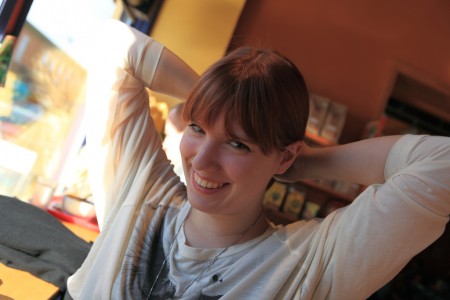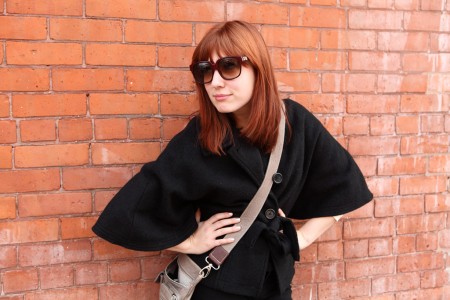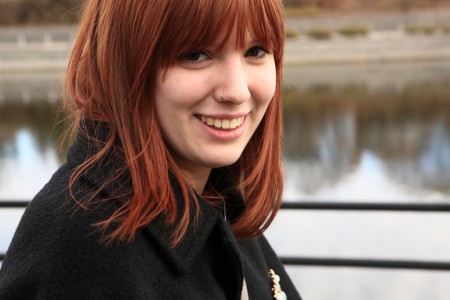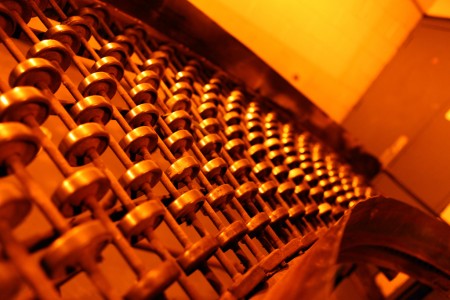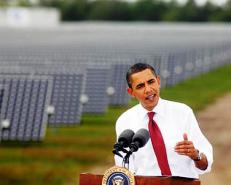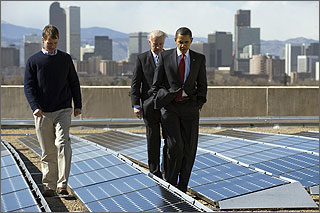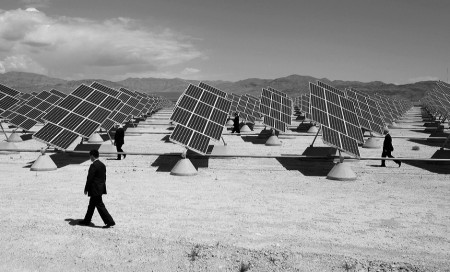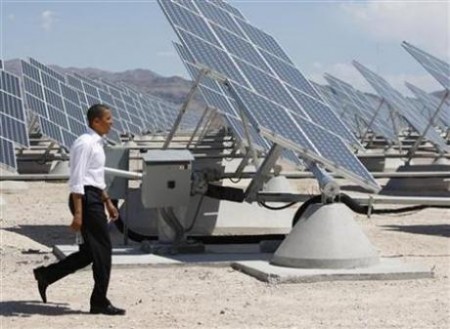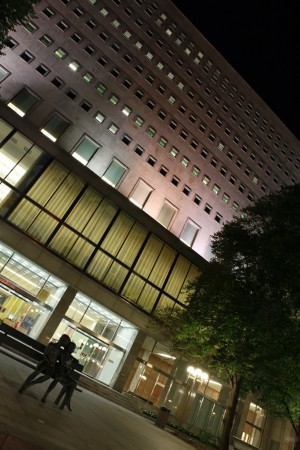
As an undergrad, I decided to replace my old Pentax SLR, with its dodgy light meter, with a modern camera body. At the Lens & Shutter store on Broadway in Vancouver, I ended up buying a Canon Rebel G and a 50mm f/1.8 lens (because Photo.net had informed me that prime lenses were superior to zooms, especially kit zooms). I don’t recall the purchase in detail – or even whether I went in with a solid sense of which camera I wanted – but that choice locked me into the Canon system I still use today.
Given all the money I have spent on Canon-compatible photo gear since, it was a remarkably casual choice to go with that system rather than Nikon’s offering. To be sure, both manufacturers make great gear, and each has the edge on the other in a few areas. That being said, whereas my choices of Macs rather than PCs, UBC rather than SFU, and Oxford rather than Cambridge were all reasoned and intentional, I think the Canon selection was largely accidental.
The relatively few times I have handled Nikon gear have been odd experiences; the functions are the same with both sorts of equipment – ranging from commonly altered settings like aperture and ISO to less frequently used options like depth of field preview and mirror lockup. What differs is the design, and the precise mechanism through which a desired change is achieved. I imagine the difference is a bit like dancing with a man, rather than a woman, would be: the same general kinds of motion, but with surprising differences to contend with. The nomenclature differs as well. Whereas I have some kind of opinion on virtually every Canon camera produced during the last ten years or so, I have trouble remembering which Nikon dSLRs are full frame and which use crop sensors.
My aesthetic sense is that there used to be a strong presumption among professionals that Nikon was the superior brand, but that this has faded significantly in the last couple of decades. As with Windows and Mac OS, it certainly seems to be the case that the existence of a rivalry spurs innovations that are beneficial for consumers – from image stabilization to sensors with lower noise at high ISO settings. Similarly, the existence of additional brands that sometimes challenge the duopoly with innovative features is useful. If only that competition could help to drive down the exploitative prices of accessories like batteries, lens hoods, and cables…
In the long run, I expect that I will eventually dabble in a few other kinds of photography. When they become a bit older and richer, most photographers seem to try some kind of medium or large format camera system. Given the nature of such cameras, the resulting photos tend to have a high level of beauty and technical quality, but little spontaneity or energy. The other probable avenue is some kind of serious small camera: either something relatively mainstream and inexpensive like Canon’s G9/10/11 series, or some kind of expensive film camera like a Leica M-series rangefinder.



